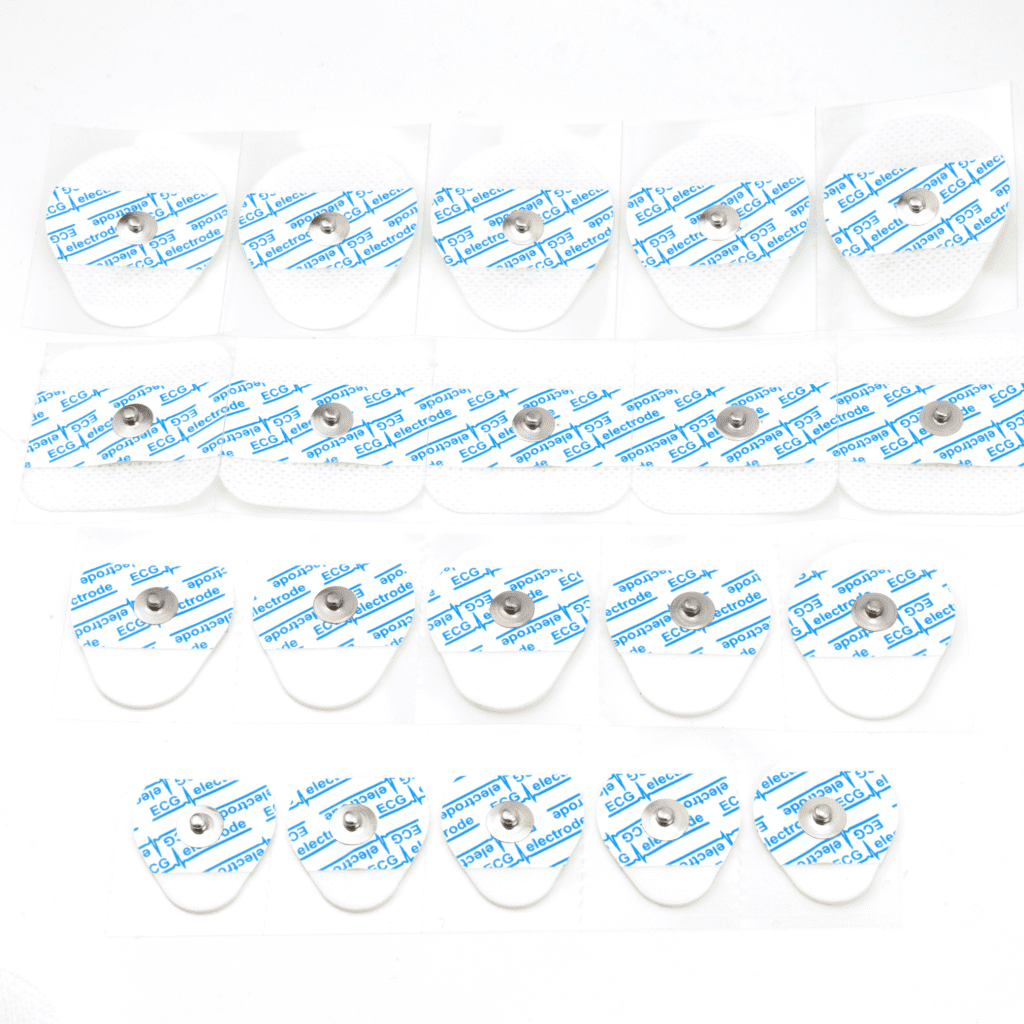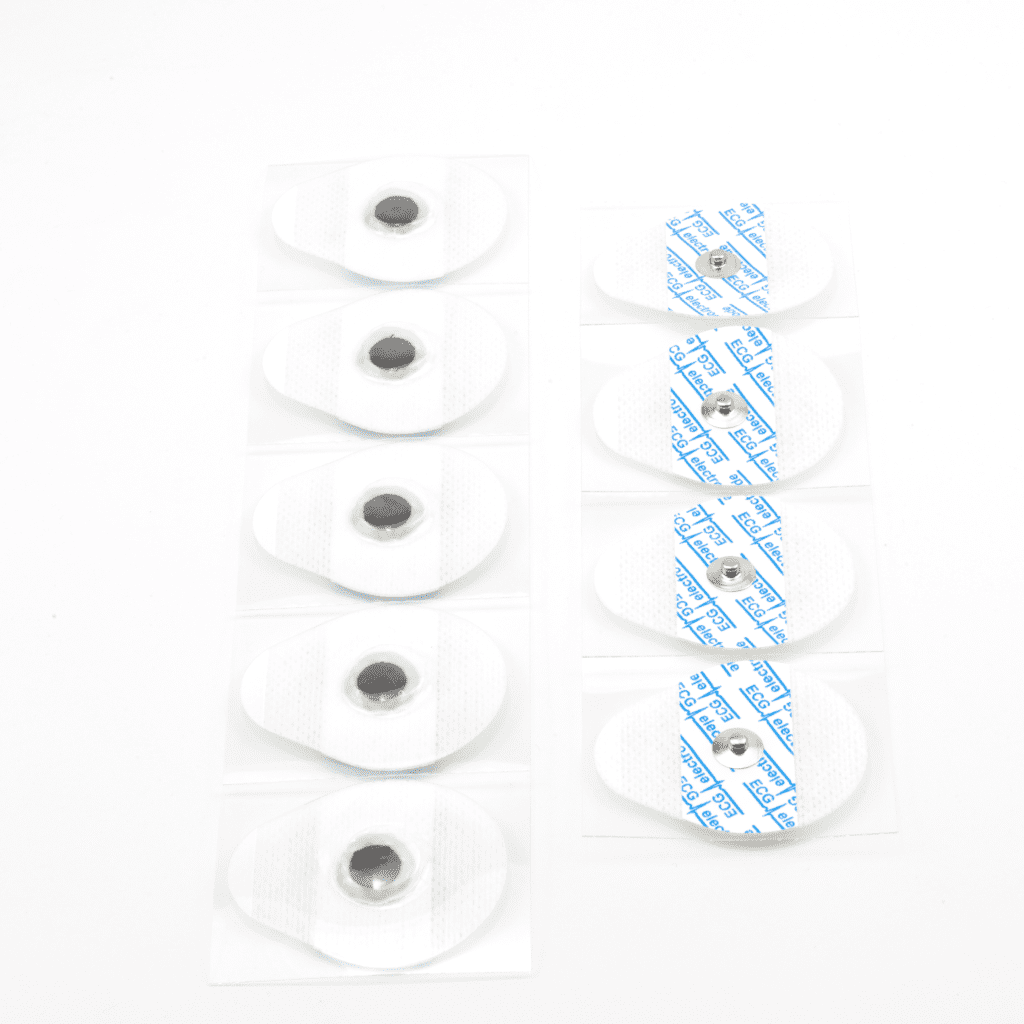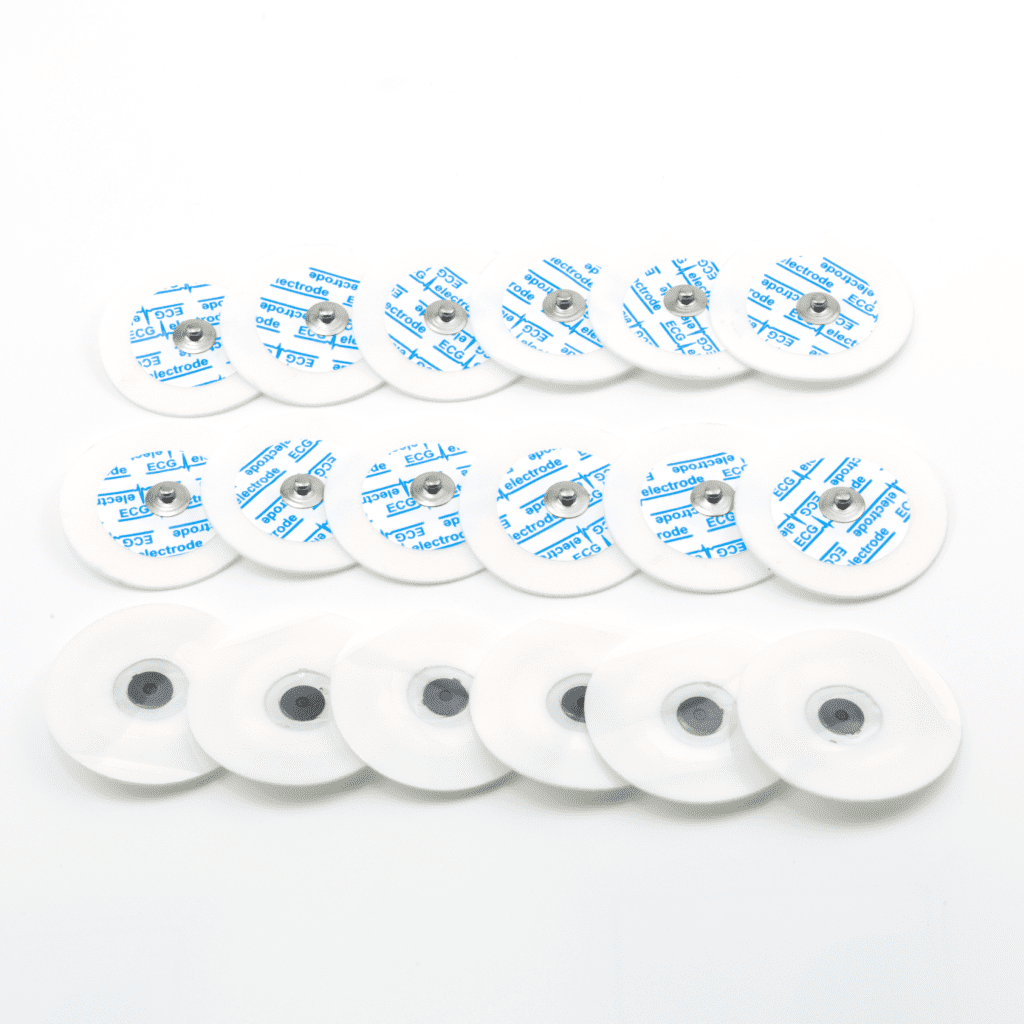What is Petg Reagent Bottle?

Here are a few tips for a reagent bottle from PETG: PETG is suitable for chemical resistance and can withstand many lab reagents. However, it’s not as chemically resistant as materials like polypropylene. Test your PETG sample with the specific chemicals first. Use 100% infill for maximum strength. PETG can still absorb liquids over time […]
What is the purpose of agar Petri dish?

An agar Petri dish is a type of Petri dish that is used in microbiology to culture microorganisms like bacteria. Here are some key details about agar Petri dishes: Agar is a gelatinous substance derived from algae that is used to solidify the growth medium in the Petri dish. It sets at room temperature. A […]
What does my Petri dish mean?

If you say “my Petri dish”, it likely refers to a Petri dish that you personally own or are using in a lab/research context. Some potential meanings: You are a student or scientist conducting an experiment and are referring to the specific Petri dish containing your microbial culture or specimen. You recently set up Petri […]
What does the idiom a Petri dish mean?

The idiomatic expression “a petri dish” refers to an environment that is conducive to the rapid spread or growth of something. Here are some examples of how it’s commonly used: “The college dormitories were like a petri dish for viruses last flu season, with all the students living in close quarters.” This implies it was […]
What’s a Petri dish used for?

A Petri dish is a shallow, circular glass or plastic dish used to culture microorganisms and small plants or animals. Here are some key things to know about Petri dishes: Purpose: Petri dishes provide a sterile environment for microbiological cultures to grow. They allow easy viewing and analysis of microbial colonies under a microscope. Material: […]
Where do you get ECG leads?

ECG leads refer to the wires and electrodes that are placed on a patient’s body to obtain ECG recordings. There are a few main ways to obtain ECG leads: – From ECG/EKG machines – Most ECG machines come equipped with a full set of 10 leads (4 limb leads and 6 precordial leads) that are […]
Are ECG electrodes disposable?

Yes, most ECG electrodes are designed to be disposable after single-patient use. There are a few reasons for this: – Infection control – Disposable electrodes help prevent the transmission of contagious diseases between patients. Reusing electrodes carries a risk of cross-contamination. – Signal quality – The conductive gel on electrodes dries out over time. Reused […]
How many electrodes do you need for ECG?

The number of electrodes required for an ECG depends on the type of ECG being performed: – 3 electrodes – This basic 3-lead ECG uses 3 electrodes to record 1 lead/view of the heart’s electrical activity, usually Lead I. – 4 electrodes – A 4-electrode ECG can obtain 2 views of the heart by calculating […]
What is the price of monitoring electrodes?

The price of monitoring electrodes can vary quite a bit depending on the specific type, brand, and features. Here are some general price ranges: – Disposable ECG electrodes – These single-use electrodes that stick directly onto the skin typically range from $0.10 to $1 per electrode. Basic resting ECG electrodes tend to be on the […]
Why there are only 10 electrodes in a 12 lead ECG electrode placement?

Great question! In a standard 12-lead ECG, there are 10 physical electrodes placed on the body, even though 12 leads are recorded. Here’s why: – 4 electrodes are placed on each limb – RA (right arm), LA (left arm), RL (right leg), LL (left leg). – 6 electrodes are placed on the chest in specific […]
